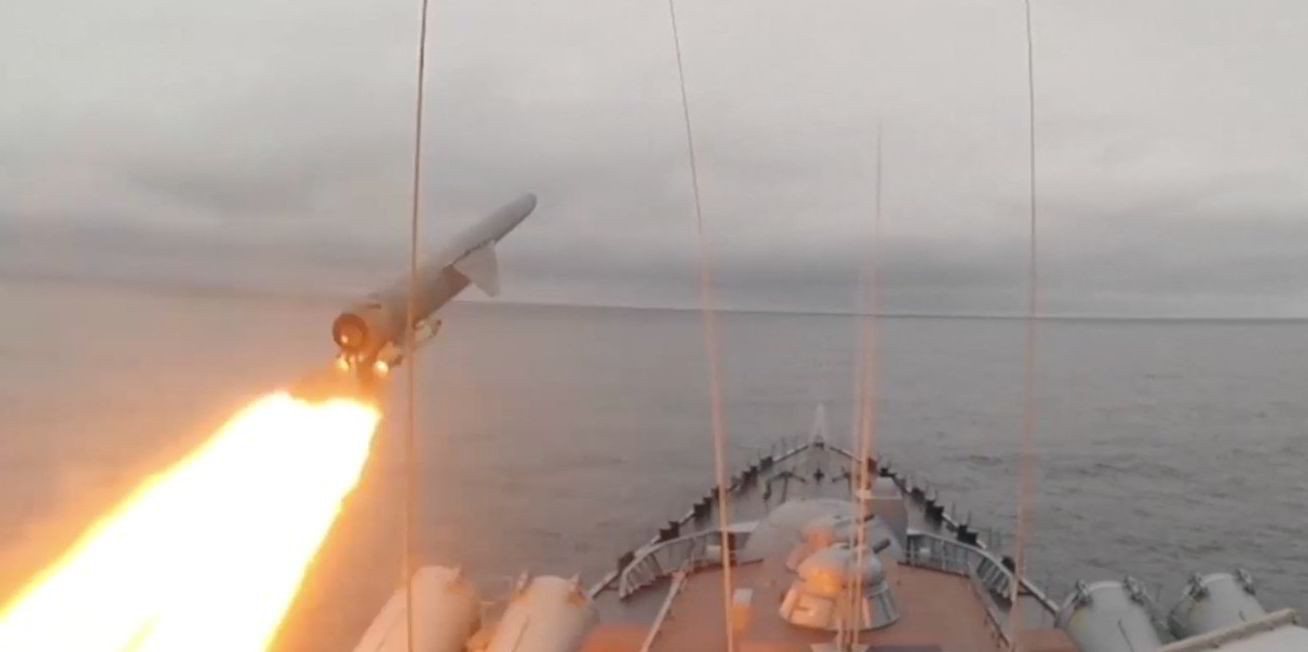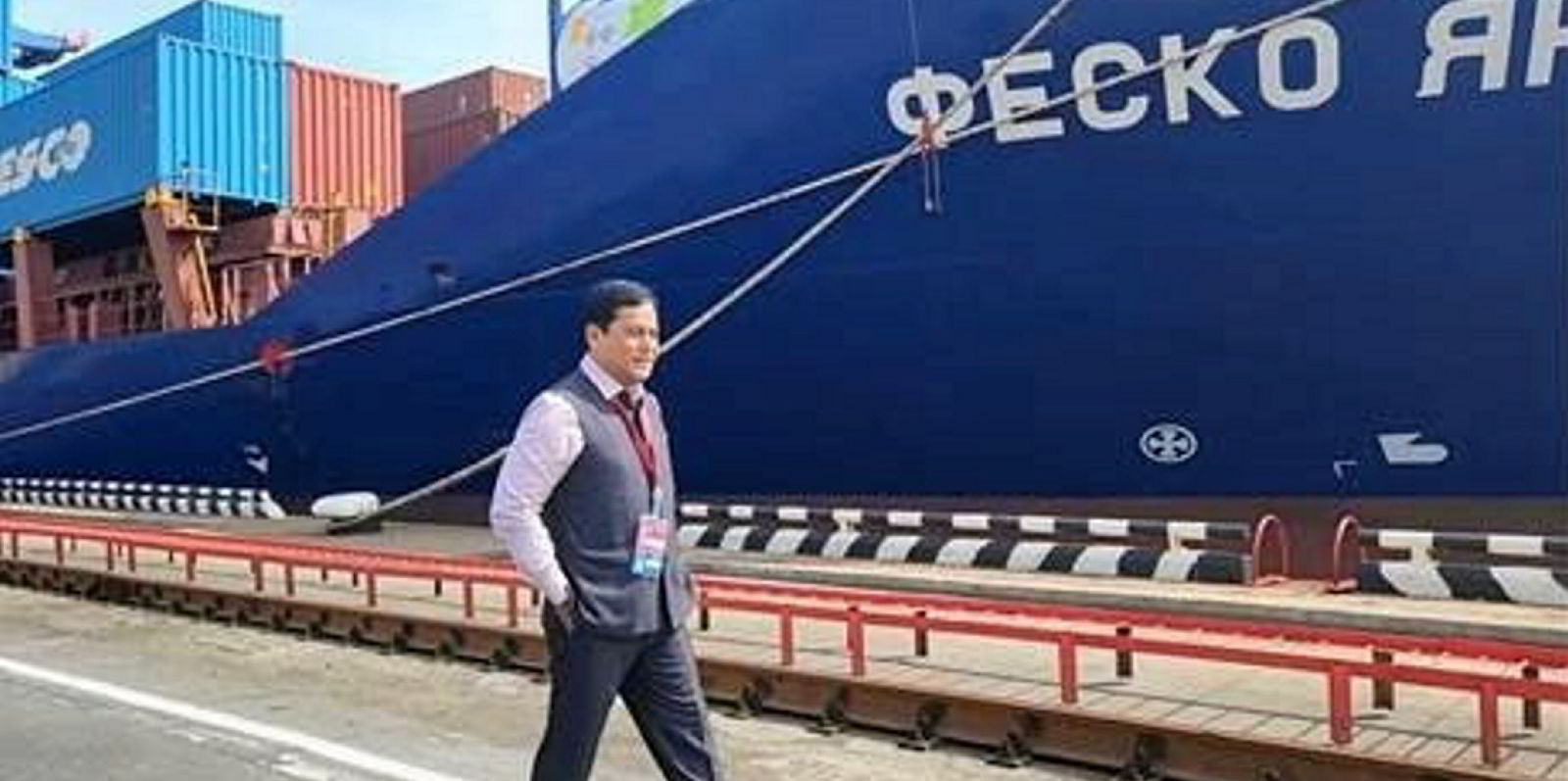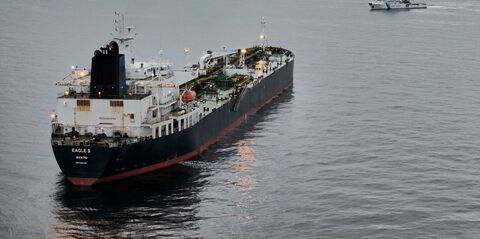The Russian navy fired cruise missiles in a training exercise aimed at protecting its Northern Sea Route (NSR) after ramping up tanker voyages through the strategically important Arctic passage.
The exercise involved 10,000 military on the Chukotka peninsula and Bering Sea, which marks the eastern end of the route through the Arctic that has opened up to commercial traffic because of global warming.
The ministry said the missiles were fired from ship, submarine and land-based units in a simulated attack on a group of ships in the northeastern part of the Bering Sea.
The exercise headed by the commander-in-chief of the Russian Navy, Admiral Nikolai Evmenov, was designed to “protect the Northern Sea Route”, said the ministry.
“All missiles successfully hit the specified targets, hundreds of kilometres away from the launch points,” said the ministry on its Telegram channel.
“All episodes of the exercise are defensive in nature and are intended to improve the training of forces and troops for operations on the northeastern borders of Russia.”
Russian President Vladimir Putin said in a speech last month that the NSR was one of two flagship projects Russia was looking to develop with new ports, fuel terminals and an expanded icebreaker fleet.
Global warming is opening up the NSR to all-year navigation and has increased in importance for Moscow since the invasion of Ukraine. It plans to increase energy shipments eastwards by more than 250% to 130m tonnes by 2035.
Sanctions and Europe’s boycott of Russian oil have shifted its customer base from Europe to Asia and the NSR offers a significant reduction in voyage distance eastwards.
The journey from Rotterdam to Tokyo via the Suez Canal is about 20,000 km while the route via the NSR is about 13,000 km, said Mitsui OSK Lines.
The route also has the advantage of exploiting Russia’s Arctic resources and avoiding areas of piracy by bypassing the Indian Ocean.
Russia has increased tanker traffic on the route in 2023 and sent three non-ice class ships — two suezmax tankers and one bulker — through the route earlier this month.
Military manoeuvres
It was the first time that non-ice-class tankers, the 156,600-dwt Leonid Loza (built 2011) and the 156,700-dwt NS Bravo (built 2010) owned by Sovcomflot, were used on the route.
Russia’s military manoeuvres highlighted Russia’s dominant position along the NSR, which hugs its northern coast.
Moscow’s second key priority is to develop routes in its Far East to improve infrastructure with Asian nations and the Gulf.
India and Russia last week agreed to develop the maritime route between Vladivostok and Chennai to transport oil, coal and LNG.
Read more
- Russia sends non-ice class capesize bulker and suezmax tankers into the Arctic
- Aframax tankers fail to cut voyage time on Northern Sea Route to China
- Russia plans to open Northern Sea Route to year-round sailing by 2025
- First laden Arc4 LNG carrier heads eastbound on Northern Sea Route
- Russian tankers pivot East as Moscow pushes Northern Sea Route





